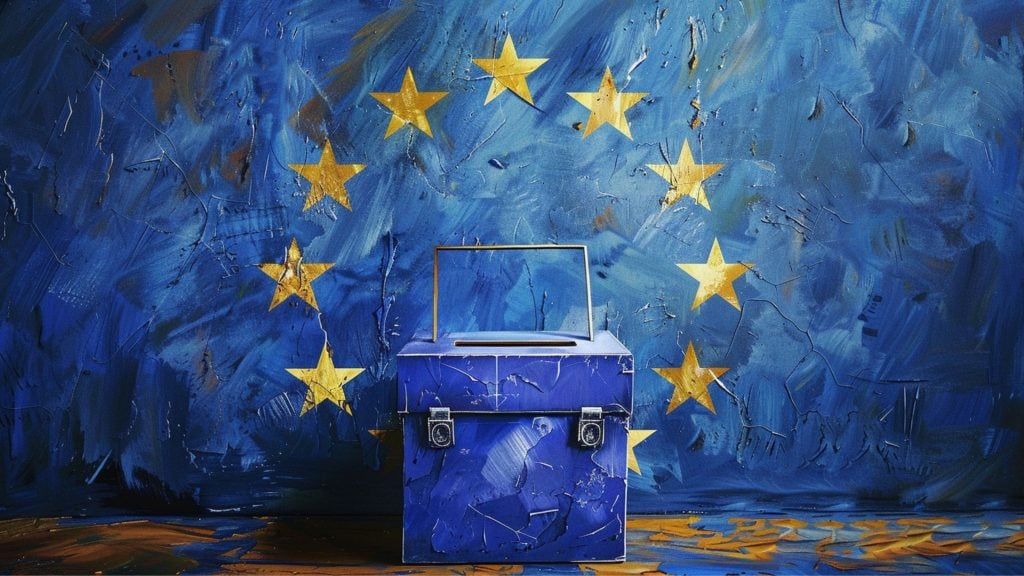“We hacked the results to reach one of the most difficult places: The top of the world’s largest search engine,” said an ad agency working on the campaign of the glamp-wear giant.
The glamp-wear giant The North Face was found guilty of swapping several Wikipedia images with shots of models wearing their outdoor-clothing. This move by The North Face was part of an ad campaign designed by Leo Burnett Tailor Made, the Brazilian branch of the international ad-agency Leo Burnett. Wikipedia later removed many such pictures posted by the company and blocked the accounts that replaced the original pictures with promotional ones.
Click here to display content from X.
Learn more in X’s privacy policy.
“Yesterday, we were disappointed to learn that @thenorthface and @LeoBurnett unethically manipulated Wikipedia. They have risked your trust in our mission for a short-lived consumer stunt,” tweeted Wikipedia.
Upon noticing that Google search results for many popular locations featured pictures taken from Wikipedia pages, The North Face decided to swap images of several destinations with pictures of those destinations featuring a model with their product.
On top of exploiting a volunteer-run project such as Wikipedia, the ad-agency Leo Burnett went as far as publicly boasting about their brilliant ‘hack.’ In a YouTube video that has since been removed, the company asked how someone could be on top of Google’s search results without paying and said, “We hacked the results to reach one of the most difficult places: The top of the world’s largest search engine.”
“We photographed our brand in several adventurous places. Then we switched the Wikipedia photos for ours. Simple as that,” said the ad-agency in a YouTube video.
The North Face’s publicity stunt remained discreet until the ad-agency Leo Burnett publicly bragged about the idea in a YouTube video. After the video came out, Ad Age reported about the whole campaign by attaching the video alongside promotional pictures of The North Face in Wikipedia pages.
After the report came out, Wikipedia took to Twitter for announcing that it did not collaborate with The North Face on this stunt and that the glamping wear company unethically manipulated Wikipedia for their gain.
“When companies like The North Face take advantage of the trust you have in Wikipedia just to sell you clothes, you should be angry. Their actions have gone directly against the spirit, purpose, and policies of Wikipedia to provide neutral, fact-based knowledge to the world,” tweeted Wikipedia.
Click here to display content from X.
Learn more in X’s privacy policy.
The North Face immediately apologized to Wikipedia over Twitter and said that they’ve ended the campaign and that they ensure to train their teams and vendors better on Wikipedia’s policies.
“We believe deeply in Wikipedia’s mission and integrity – and apologize for engaging in activity inconsistent with those principles” a spokesperson for The North Face told Reclaim The Net.













